
New Brain Protein Discovery Could Reverse Memory Loss Without Touching Alzheimer's Plaques
For decades, the battle against Alzheimer’s disease has focused almost exclusively on one target: beta-amyloid plaques - the sticky clumps of protein believed to choke brain cells and sabotage memory. But now, a groundbreaking study is flipping that theory on its head.
In a stunning discovery, neuroscientists from the Federal University of Rio de Janeiro and the University of São Paulo have found a way to reverse memory loss in mice with Alzheimer’s - without removing a single plaque. Instead, they used a naturally occurring brain protein called hevin, and the results could revolutionize how we understand - and treat - this devastating disease.
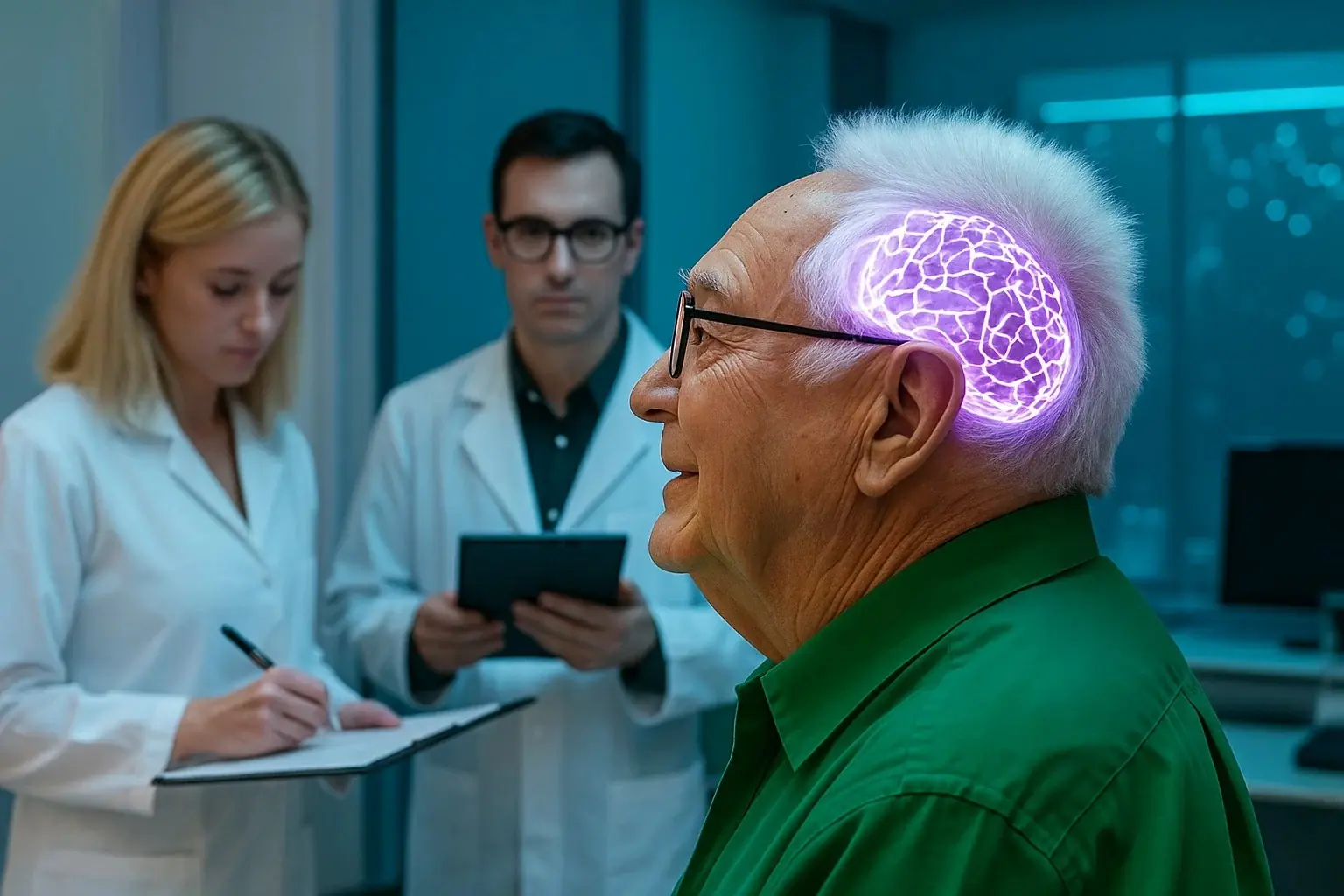
Beyond Plaques: A Radical Rethink in Alzheimer’s Treatment
Traditional Alzheimer’s treatments have long focused on clearing beta-amyloid deposits, with drugs like Aducanumab and Lecanemab targeting these plaques directly. Yet frustratingly, most of these drugs show little improvement in memory or cognitive function, and often come with serious side effects such as brain swelling (ARIA).
This disconnect has left researchers wondering: what if the real culprit isn’t the plaque at all?
That’s where hevin comes in.
Meet Hevin: The Brain’s Hidden Repair Tool
Hevin - also known as SPARCL1 - is a protein secreted by astrocytes, the star-shaped support cells in the brain. While once thought to merely nourish neurons, astrocytes are now emerging as key players in brain function.
“Hevin is like a matchmaker for neurons,” explains Dr. Claudia da Silveira, co-author of the study. “It helps brain cells form long-lasting, stable connections, even in challenging environments like the Alzheimer’s-affected brain.”
Hevin plays a vital role in synaptogenesis - the process of forming and maintaining synapses, the communication points between neurons. It acts like molecular glue, helping cells connect, talk, and adapt.
The Breakthrough Experiment: Restoring Memory in Diseased Brains
In the 2023 Nature Communications study titled “Astrocyte-secreted hevin rescues memory deficits in Alzheimer’s disease models without altering amyloid pathology,” researchers delivered viral vectors to increase hevin levels in the hippocampus - the brain’s memory center.
They tested this approach in two groups of mice:
- Naturally aging mice with mild memory loss
- Genetically modified mice with full-blown Alzheimer’s symptoms and plaque accumulation
After treatment, the mice underwent memory tests like the Morris water maze and novel object recognition, and the results were jaw-dropping.
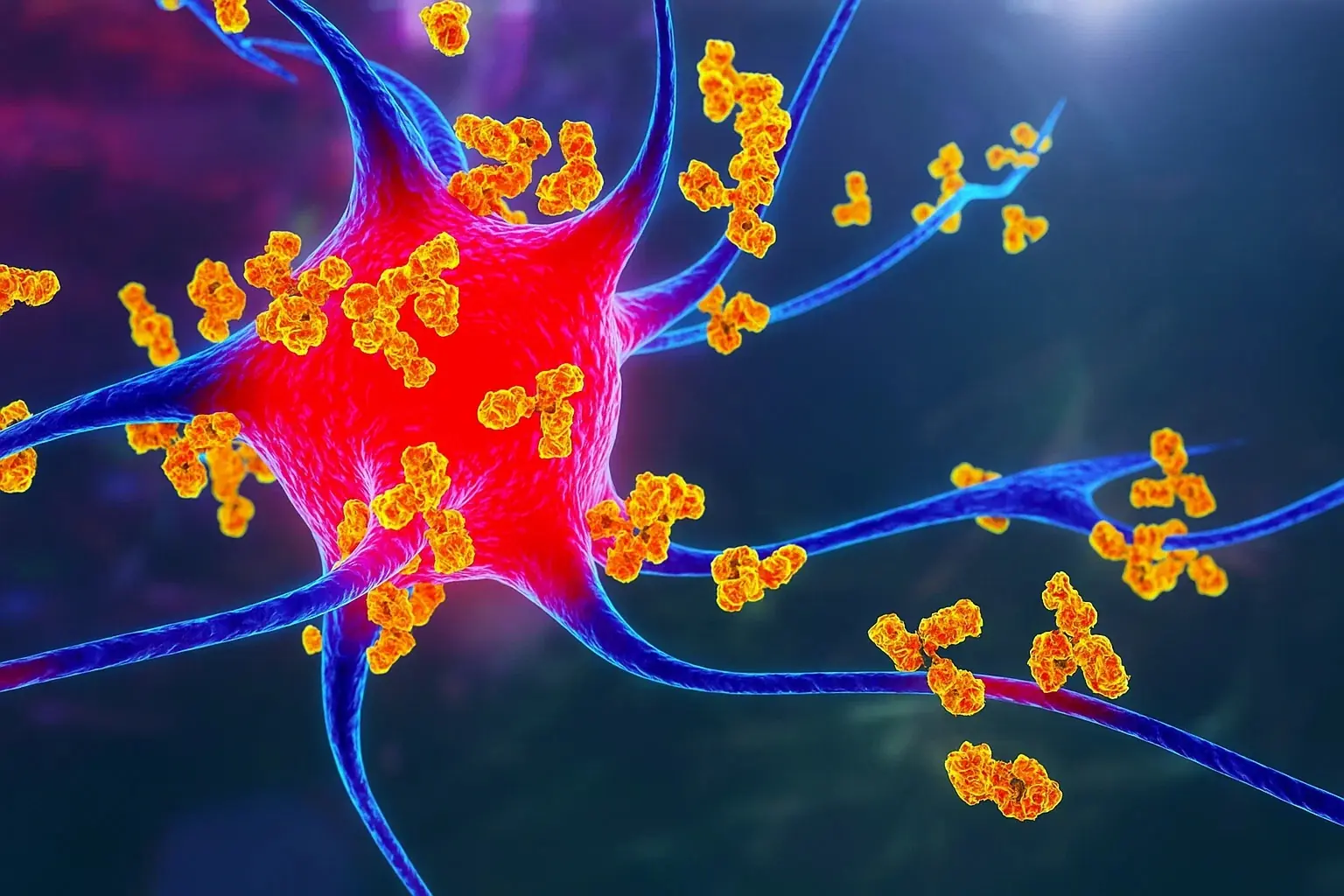
Key Findings That Could Change Everything
🔹 Memory Returned - Despite Plaques Staying Put
Even though beta-amyloid plaques remained unchanged, the mice performed significantly better on memory tests.
“This suggests that cognitive decline is more tightly linked to synaptic dysfunction than to the amount of plaque,” said lead researcher Dr. Alexandre Takaki.
🔹 Synaptic Connections Regenerated
Advanced imaging showed:
- Increased number of dendritic spines
- Thicker, more mature connections between neurons
This confirms that hevin strengthens brain circuitry, enabling better communication.
🔹 Massive Protein-Level Changes
Using mass spectrometry, scientists identified hundreds of proteins whose expression was altered by hevin - including those linked to:
- Neurotransmitter release
- Signal transmission
- Axon guidance
The data points to a molecular reboot of the brain’s communication systems.
Why This Discovery Matters
Hevin represents a radical shift in treatment philosophy. Instead of fighting disease by removing damage, scientists are now exploring how to enhance the brain’s ability to heal and function despite the damage.
And it’s not just promising - it’s biologically elegant. Hevin is produced naturally in the brain, offering a non-invasive, biologically compatible pathway to repair.
“Astrocytes are no longer seen as passive support cells,” says glial cell expert Dr. Letícia Fernandes. “They’re active architects of cognition - and may hold the key to reversing brain decline.”
Implications for the Future of Alzheimer’s Care
If these findings translate to humans, hevin-based therapies could:
- Restore memory in early-stage Alzheimer’s and Mild Cognitive Impairment (MCI)
- Work alongside existing anti-plaque drugs for greater benefit
- Reduce reliance on expensive biologics and invasive treatments
- Offer safer, earlier, and more natural interventions
Even more significantly, this research could shift the global Alzheimer’s research agenda from simply clearing brain gunk to rebuilding brain function - a far more hopeful direction for patients and families.
A New Era of Alzheimer’s Treatment May Be Just Beginning
The study’s central revelation - that memory can be restored without clearing plaques - challenges the very foundation of Alzheimer’s research over the past 30 years. It forces us to ask: Have we been chasing the wrong target all along?
Thanks to hevin, scientists are now exploring treatments that work with the brain’s biology rather than against it - treatments that restore, regenerate, and reconnect.
The age of plaque-clearing might be giving way to the era of brain-building.
News in the same category

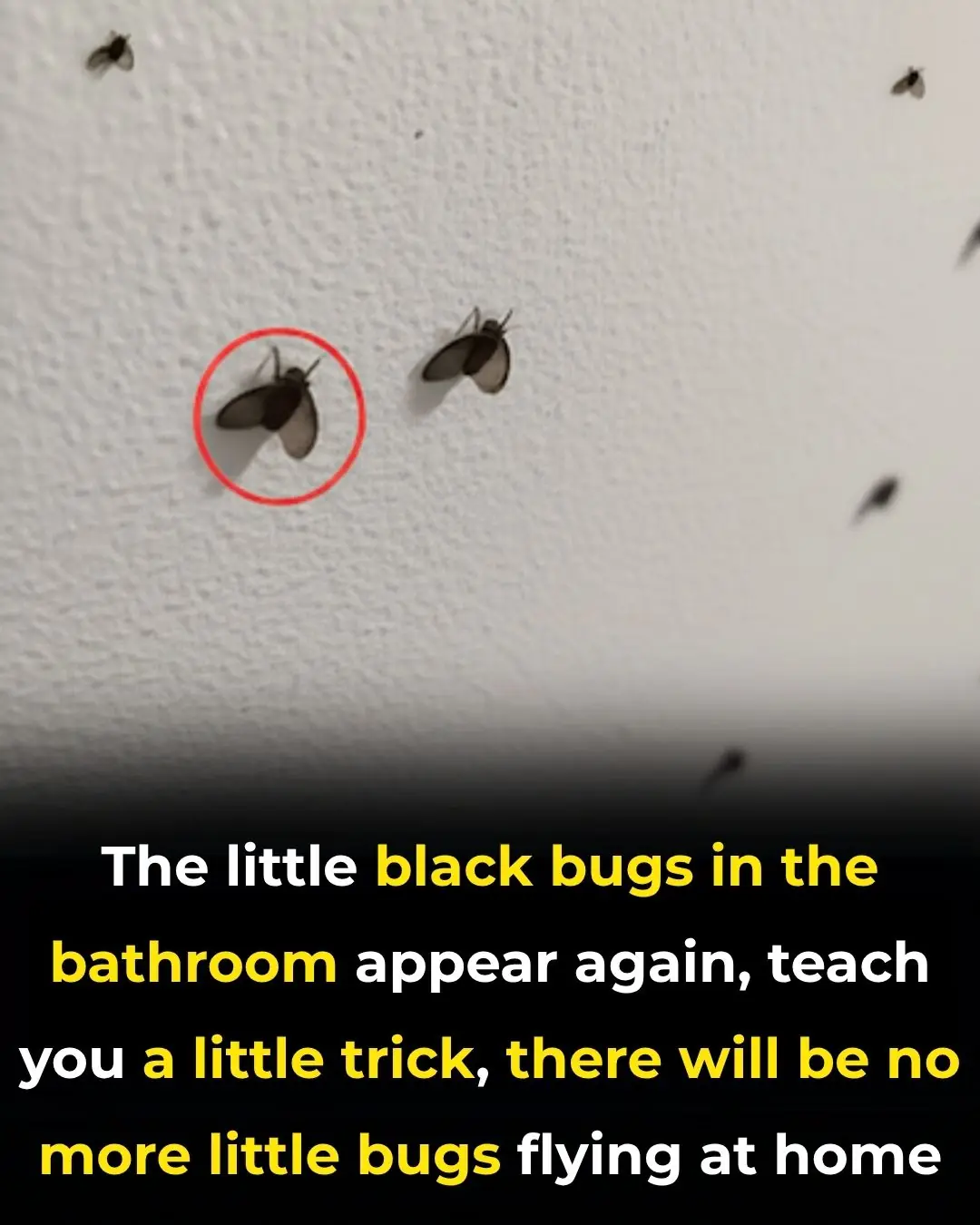
Dealing with 10 Common Bathroom Pests

Chaos following discovery of radioactive wasp nest at former US nuclear weapons site

Ancient Inscriptions Inside Great Pyramid Rewrite History Of Its Builders

Nurse at palliative care reveals the top 5 regrets of people right before they di3d
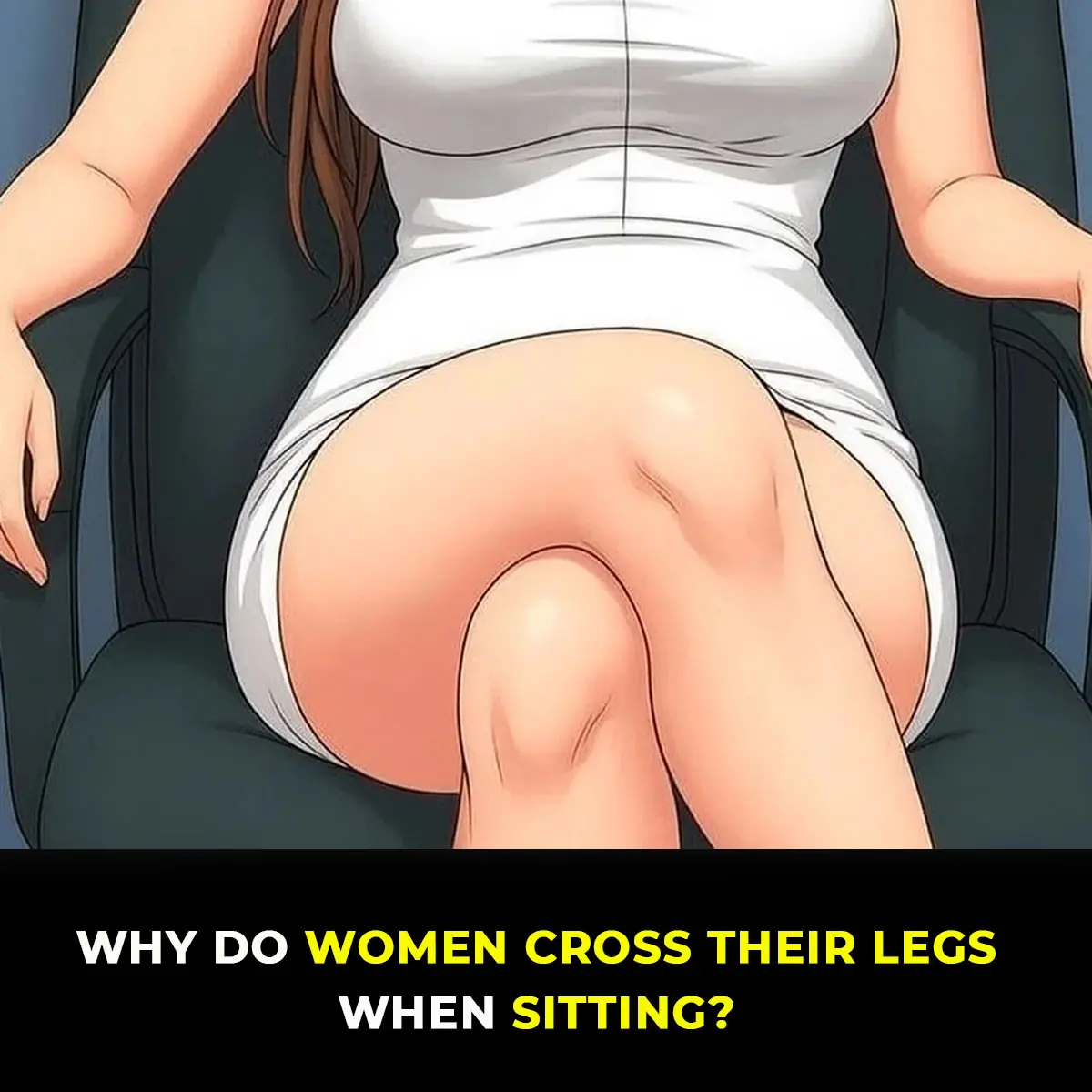
The Hidden Meaning Behind Leg-crossing — It’s More Than Just Comfort
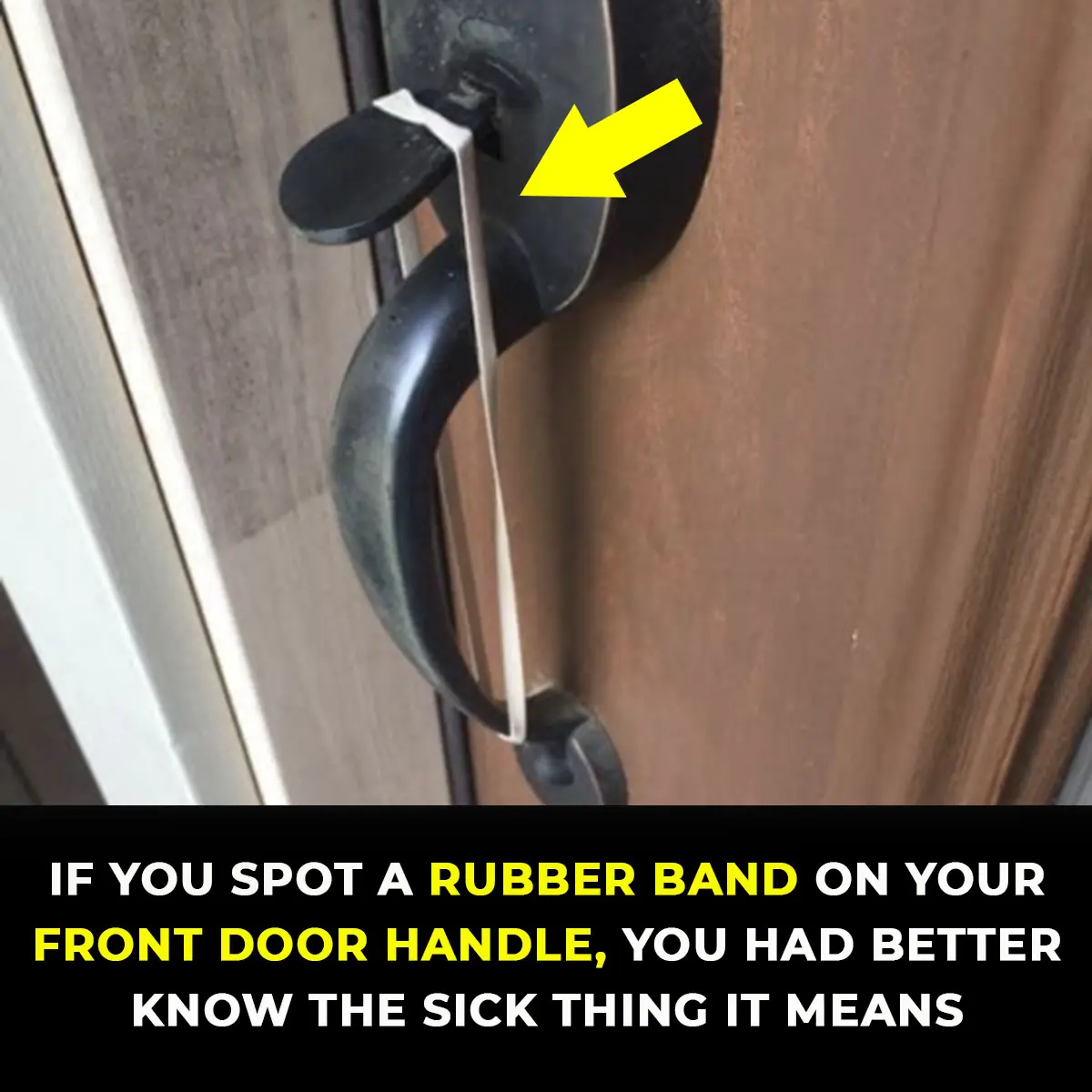
Off The RecordIf You Ever Notice Your Door Handle With A Rubber Band On It DO NOT Touch It

Jake, a Single Dad, Discovers a Heartwarming Breakfast Surprise

90-Year-Old Woman Used a Grenade as a Pestle for Over 20 Years
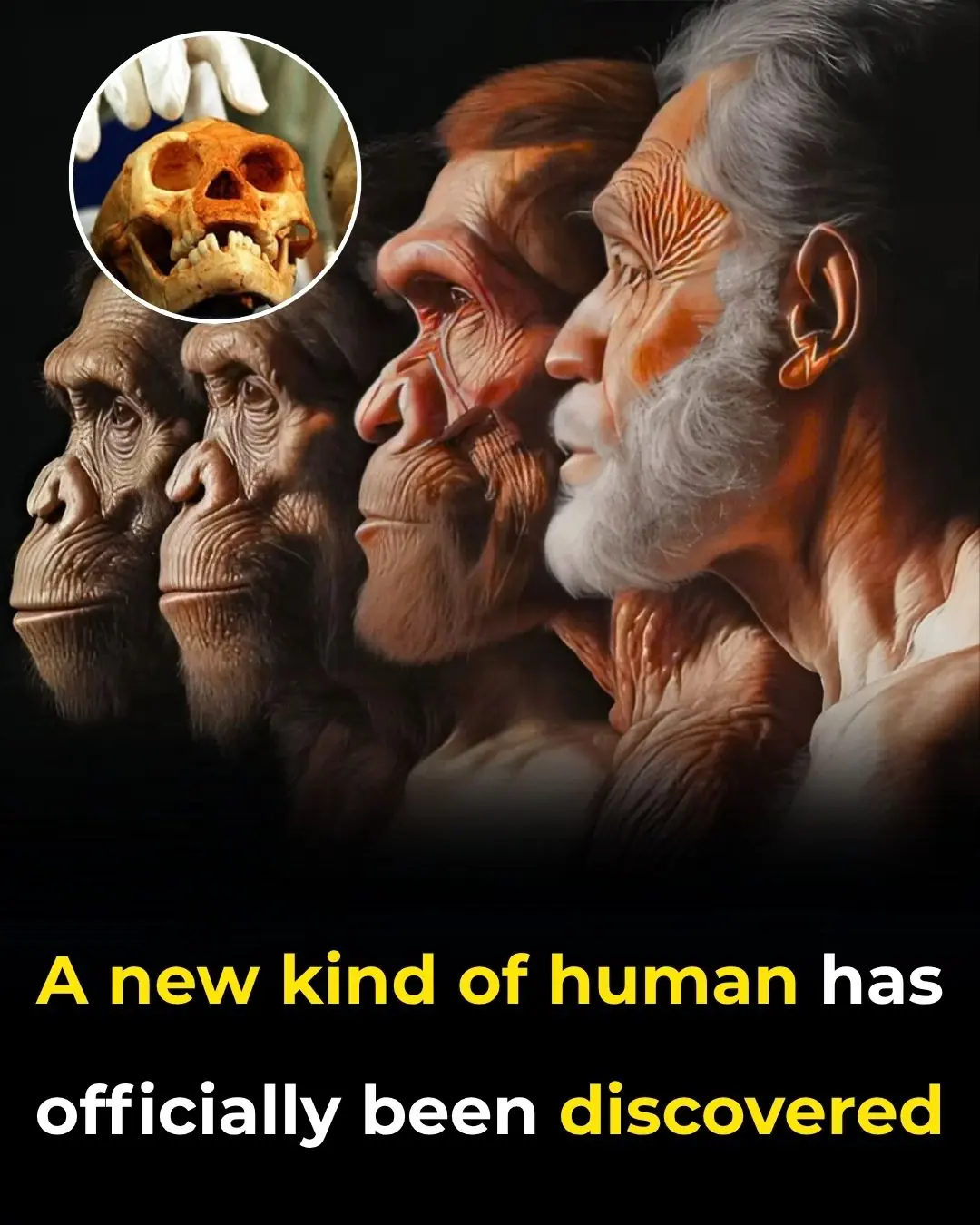
A New Kind of Human Has Officially Been Discovered

Scientists Finally Reveal the Chilling Truth Behind Blood Falls In Antarctica
Deep beneath Antarctica's frozen surface lies a crimson waterfall so eerie and surreal, it appears the glacier itself is bleeding. Known as Blood Falls, this chilling natural wonder holds secrets that could reshape our understanding of life on Earth—and

What Is Gyan Mudra? Benefits, Meaning, and How to Practice It Daily
This habit is a powerful hand gesture used in yoga and meditation to boost focus and inner peace. Discover its meaning, benefits, and how to practice it daily for a calmer, clearer mind.

Woman With Rare 'Superpower' Sniffed Out Husband's Disease 12 Years Before Diagnosis — Now She's Helping Create a Breakthrough Test
A woman with a rare “superpower” — the extraordinary ability to smell her husband’s disease more than 12 years before it was medically diagnosed — is now working with scientists to develop groundbreaking new methods for early detection of the co

Born On These Dates? Experts Say You May Have Extraordinary Natural Talents
If you were born on one of these dates, you just might be part of an elite circle of natural-born visionaries.
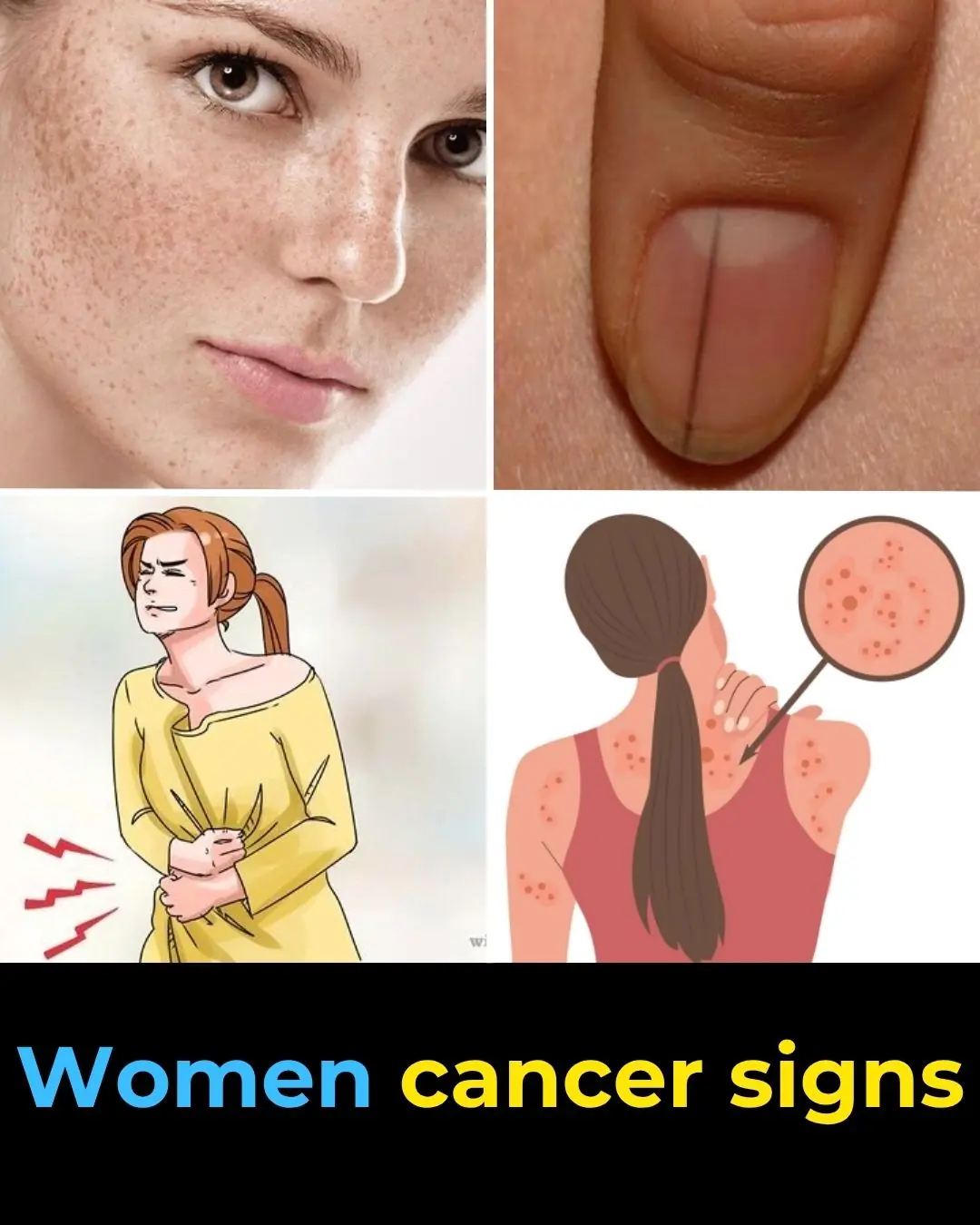
10 Cancer Warning Signs Women Often Overlook

11 Heartbreaking Signs Your Dog Is Nearing the End—And How To Give Them The Love They Deserve

Why McDonald’s Removed The Clown From The Company Image

9 Chilling Stories of Third Man Syndrome: When an Unseen Presence Aided Survival in Disasters
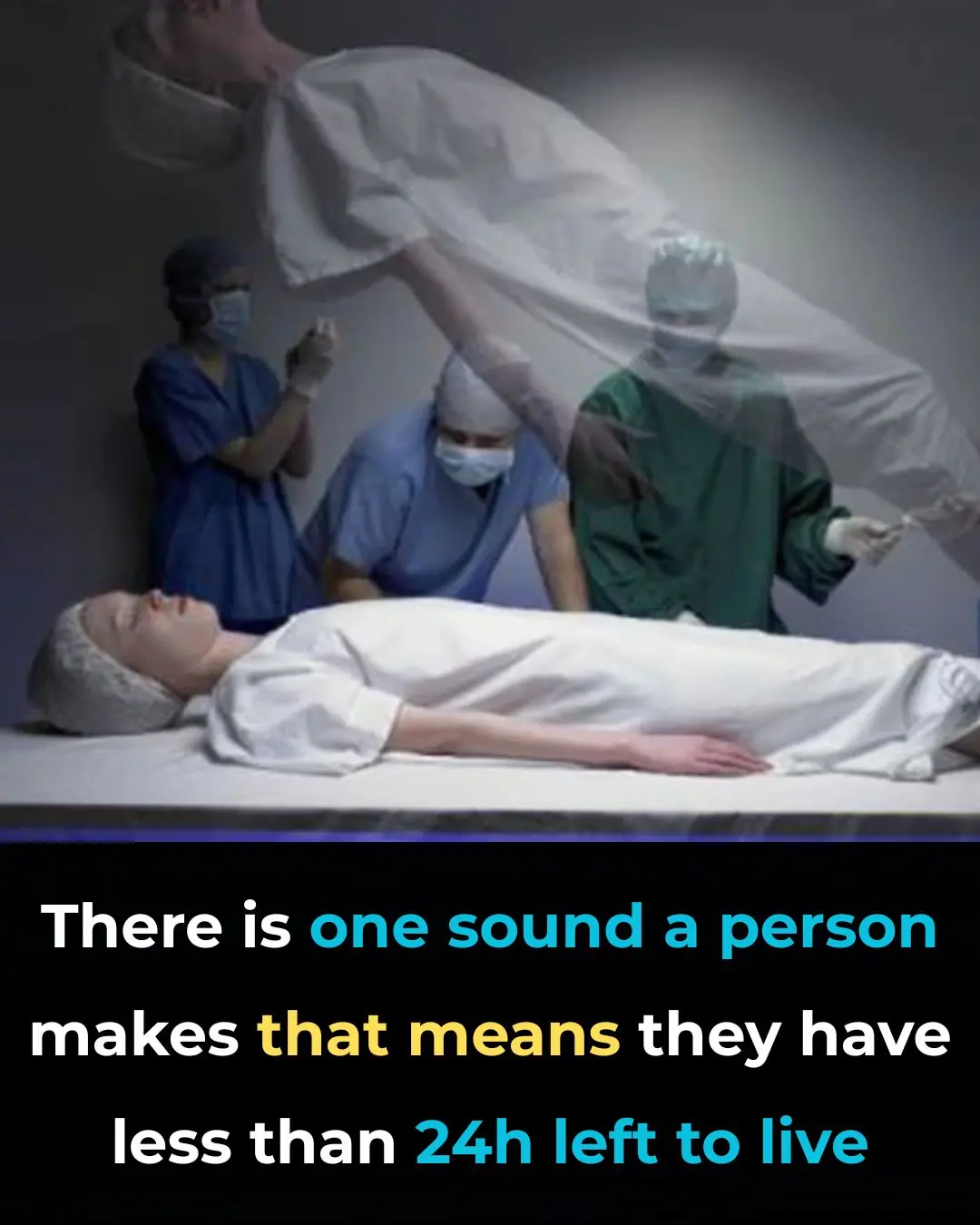
Experts Are Drawing Attention To A Disturbing Noise That People Produce Just Before They Die
News Post

British Mom Who 'Died' For 17 Minutes After Workout Shares What She Witnessed

Dealing with 10 Common Bathroom Pests
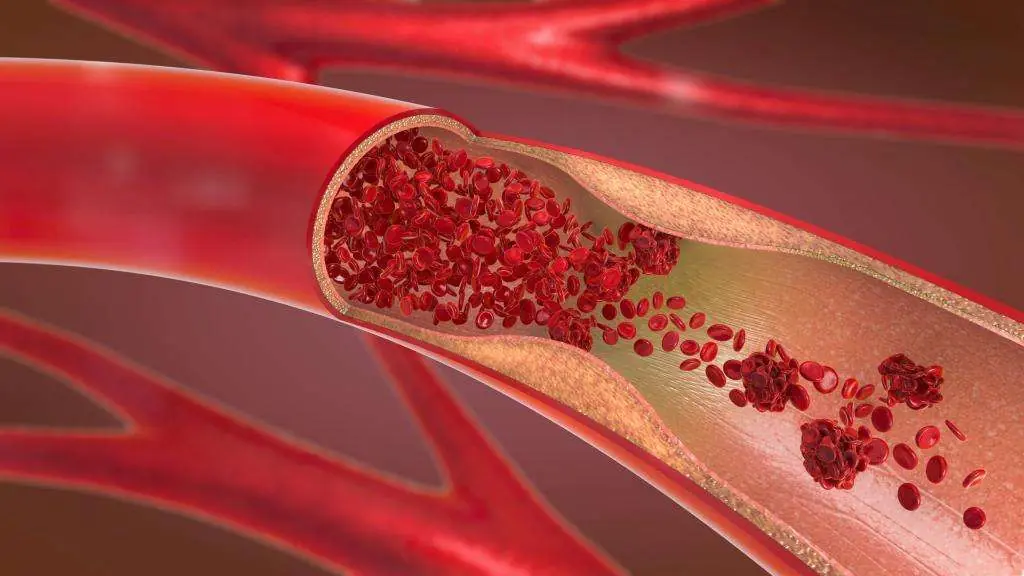
How to Improve Blood Circulation Naturally (Research Based)
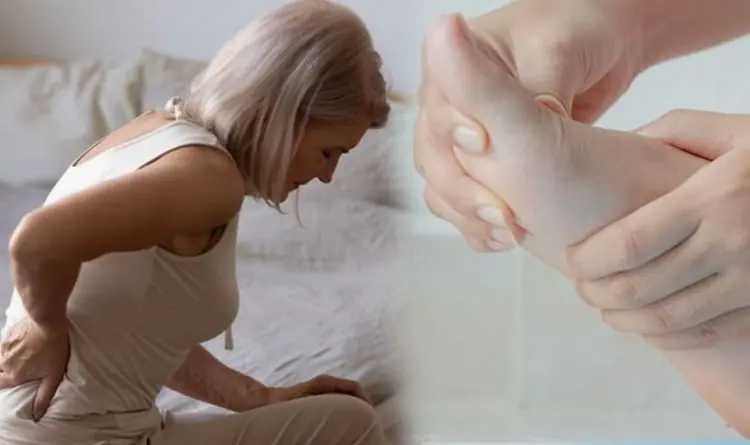
5 Deficiencies Almost Everyone Has (And Doesn’t Know About)

Scientifically Proven Health Benefits of Cayenne Pepper

Free download offered to PlayStation gamers as way to 'make amends'

Chaos following discovery of radioactive wasp nest at former US nuclear weapons site

Beyond the Badge: One Officer’s Journey to Becoming More Than a Uniform.

7 Thing That Happen To Your Body When You Stop Having Intimacy Moments
Taking a break from intimacy doesn’t mean something is wrong. In fact, it can be a time for growth, healing, and self-discovery.
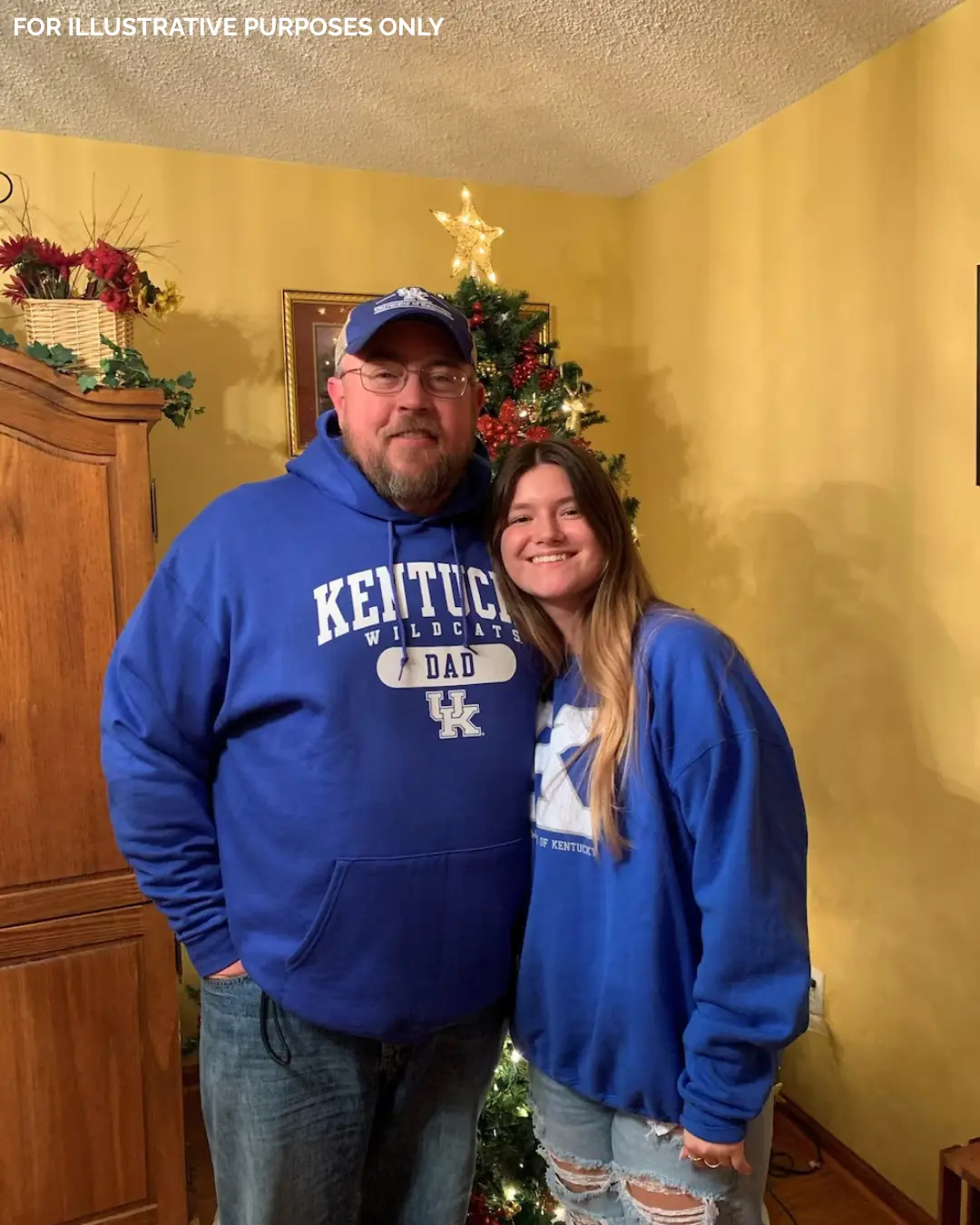
From Suspension to a Second Chance: How One Principal Changed a Life Forever.

The Hawk on the Porch: A Quiet Cry for Help.
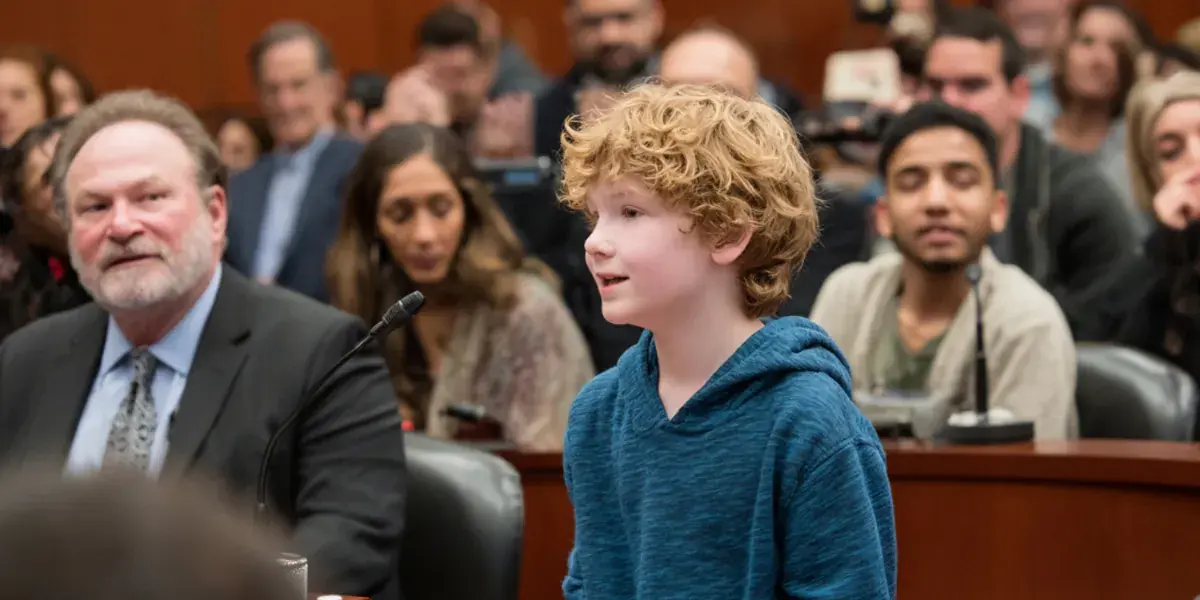
I Filed for Divorce After Catching My Husband Cheating – Our Son's Words in Court Left Everyone Speechless
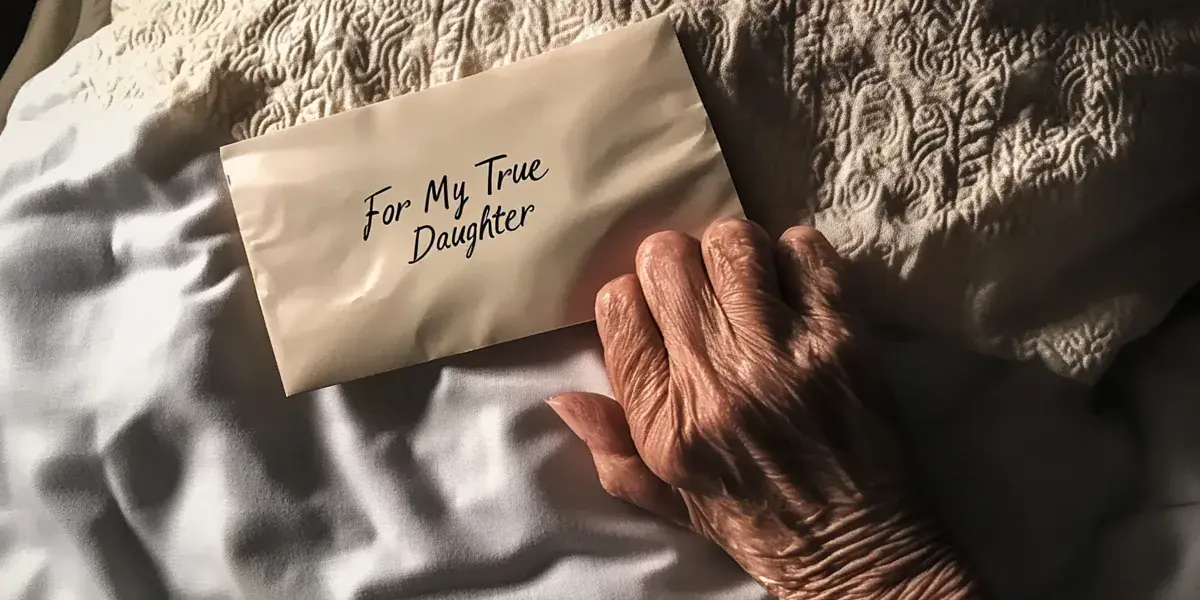
My Selfish Sister Stayed by Mom's Side When She Fell Ill, but Everything Changed after the Doctor Shared Mom's Last Words – Story of the Day

My SIL Gave Me Her Old Armoire and Made Me Pay for Moving It – Then She Came with an Outrageous Demand
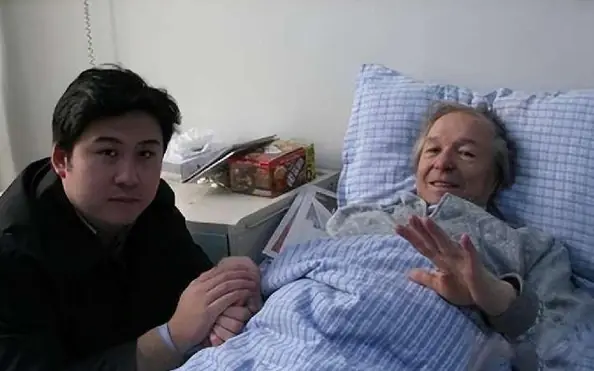
The Meteor That Changed Two Lives: A Story of Unlikely Family
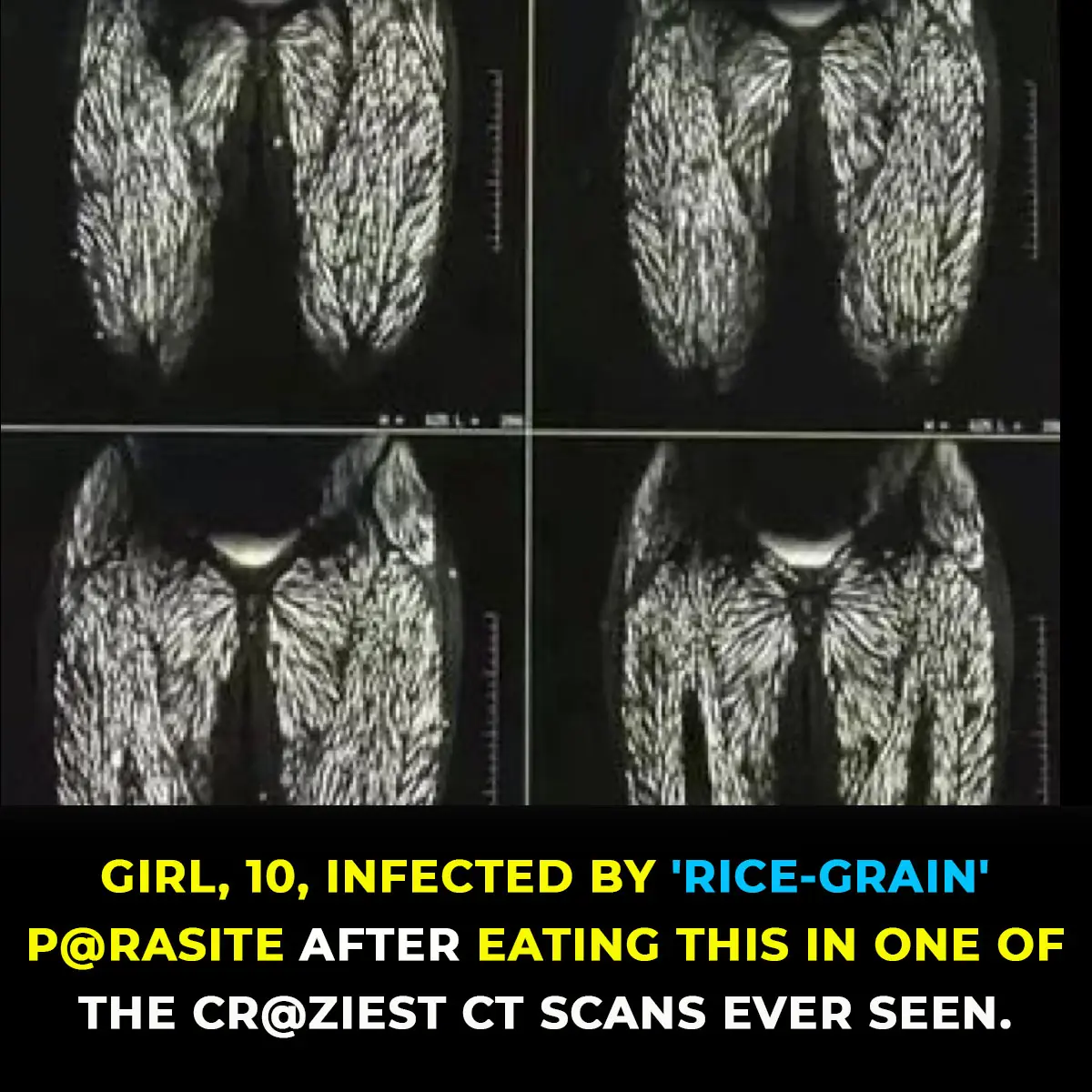
P@rasite Found In Br@in Of 10-Year-Old Girl After Eating Undercooked Meat Leaves Experts Horrified

Ancient Inscriptions Inside Great Pyramid Rewrite History Of Its Builders

5 Common Foods That Turn Toxic If Left Overnight

Nurse at palliative care reveals the top 5 regrets of people right before they di3d
